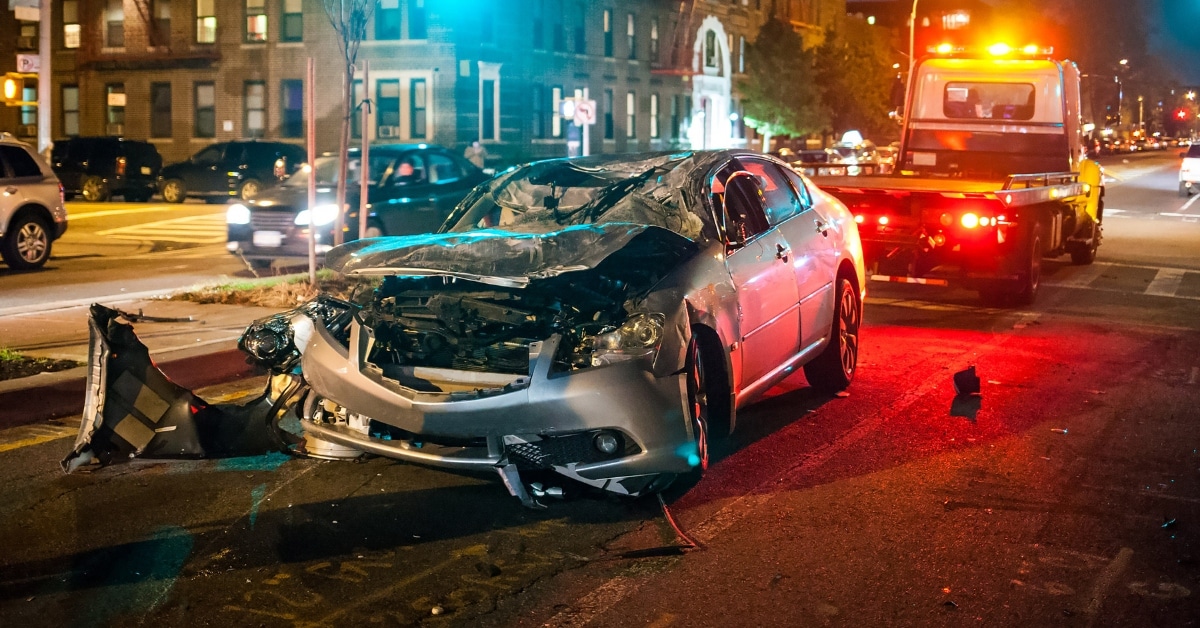Proving negligence in a car accident can be a tricky task as most drivers do their best to avoid taking any kind of blame for their actions. While it may seem impossible to prove that the driver who caused you harm behaved negligently, there are ways to get the proof you need to not be blamed for your accident.
What To Do After A Car Accident
Car accidents can occur within a second and can cause a great deal of damage and harm to all parties involved. Some people often forget what to do in the heat of the moment and may hesitate on their next move. If you’ve been involved in a car accident, it is important to remember to do the following:
- Call 911- Make sure you and your passengers are alright directly after the accident. Look around for injuries of any kind. It doesn’t matter if you don’t see any injuries or multiple injuries; you should still call 911. There may be hidden injuries that are being masked by adrenaline. Emergency services will be able to determine the health of all parties once on the scene and provide those who are seriously injured with immediate care.
- Exchange information- While waiting for emergency services to arrive, exchanging contact information and insurance information with the other party is good. When walking away from this exchange, you should know their full name and have contact information for them, have their driver’s plate and license numbers, know their insurance provider and policy number and have a physical description of their vehicle.
- Document the accident- Take photos and videos of the accident and your injuries. Not only will this be great evidence, but it can help establish fault if needed. It is also important to keep track of the officers that arrive on the scene and track down any accident reports and other official information pertaining to the accident.
- Contact an attorney- If you are planning on pursuing a case, it is important to speak to your lawyer before speaking with your insurance provider. This is because your insurance provider may want to get out of paying for the accident. An attorney will teach you the right way to speak to your insurance provider without admitting any fault or liability.
- Contact your insurance provider- After speaking with your attorney, you can report the accident to your insurance provider, using the information and language taught to you by your attorney.
These steps are incredibly important to follow and help minimize the stress and damage you will experience after the accident. If you plan to move forward with a case, the next step for you in the legal process will be to prove that the other party’s negligent actions led to the accident and caused your injuries.
What Is Negligence?
Negligence can be defined as careless actions that end up causing another person some kind of harm. In terms of a car accident, vehicle operators must have partaken in an activity that, should they not have done, could have prevented harm from happening to another individual. This could mean failing to pay attention and crashing into someone or something, running a red light, failing to stop at a stop sign and any other action that prevents them from having full control of their vehicle.
The negligence of an individual driver could cause a lot of harm, especially depending on the size of the vehicle they drive. Not only will the driver likely be found liable for their negligence, but insurance companies may also be found liable for the actions of their insured driver.
How You Can Prove Negligence
Proving negligence can be difficult to do. However, negligence can be proven if you can establish a few key points. If you want to prove that the other party’s negligence led to your accident, you must prove:
- Duty of care- You must first establish that the other driver has a duty of care when operating a vehicle. This duty of care could be that drivers are responsible for being careful while driving and safely operating their vehicle.
- Breach of duty of care- Proving a breach can be difficult as you will have to establish that the driver’s recklessness and negligence directly lead to an accident and, had the negligent act not happened, no one would have been harmed. Evidence that would help this is a traffic violation from the other party or proof of a criminal act.
- Causation- Victims must now link their injuries to the negligent act, proving that it alone caused them. If you cannot prove causation, the other party can’t be at fault for your injuries.
- Damages- Lastly, you must prove that your injuries have caused damage to your life. This could be financial in terms of time away from work and lost wages, medical bills, mental and emotional distress, and other accident-related damages.
Specific evidence is needed to prove negligence. Some forms of evidence are stronger than others, but every piece counts. A few examples of great evidence that will help you prove negligence are:
- A party admission- If the other party admits fault after the accident, whether orally or otherwise, it can be used against them in the case if there is clear evidence or a witness that overheard the admission of fault.
- Medical records- If you have been injured due to the accident, your medical records can greatly help establish the severity of your injury and all medical costs associated with your injury. It can also help establish your past treatments and outline any future treatments you may need or any future complications your injury may provide.
- Witness testimony- If there were any witnesses to the accident, they might provide key evidence to support your case. In a court, their testimony will hold a lot of weight.
- Photos- If possible, take photos of the accident and the area around the accident. Not only will it be beneficial for jurors to see the damage to both vehicles, but it is also important that they see the severity of your injury after it happened. It may also help determine how the accident happened.
- Videos- If there is some sort of video recording the crash from a witness, speed camera, or security camera, it can help determine where the fault in the situation lies.
Evidence is key to proving fault. The more evidence you are able to acquire, the better position your case is in when it goes to court. A good attorney can also help position your case and evidence in your favor.
Contacting a Car Accident Attorney
If you are planning on pursuing a lawsuit after your car accident, it is best to hire a reputable car accident attorney. An attorney will know exactly what evidence you should use and how to position your case in the best way possible to provide you and your loved ones with the compensation that you deserve. The goal of a good attorney is to provide help, support, and fight for your best interests.
If you are looking for great attorneys to help you with your case, contact the experts at The Eichholz Law Firm at 855-551-1019 or fill out a form on our website.

